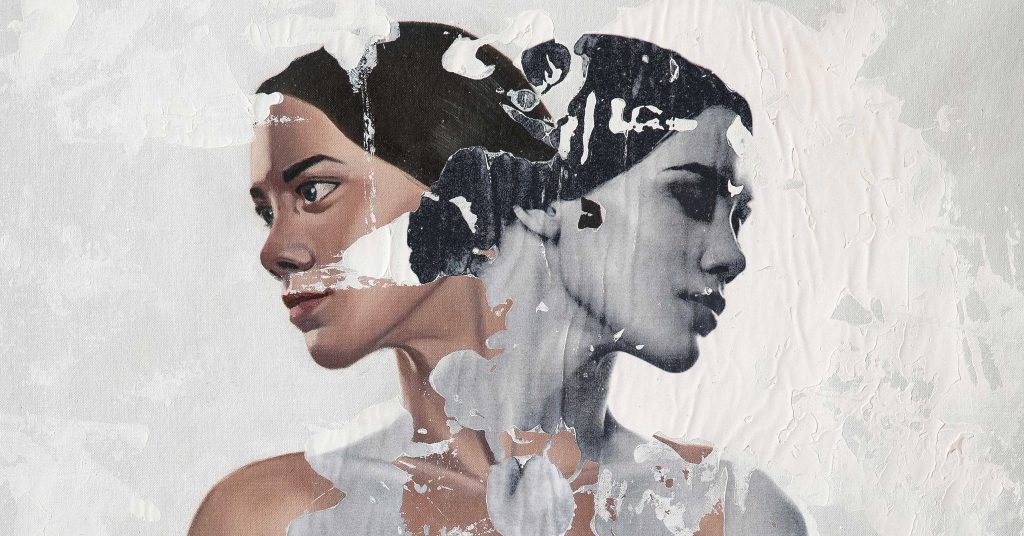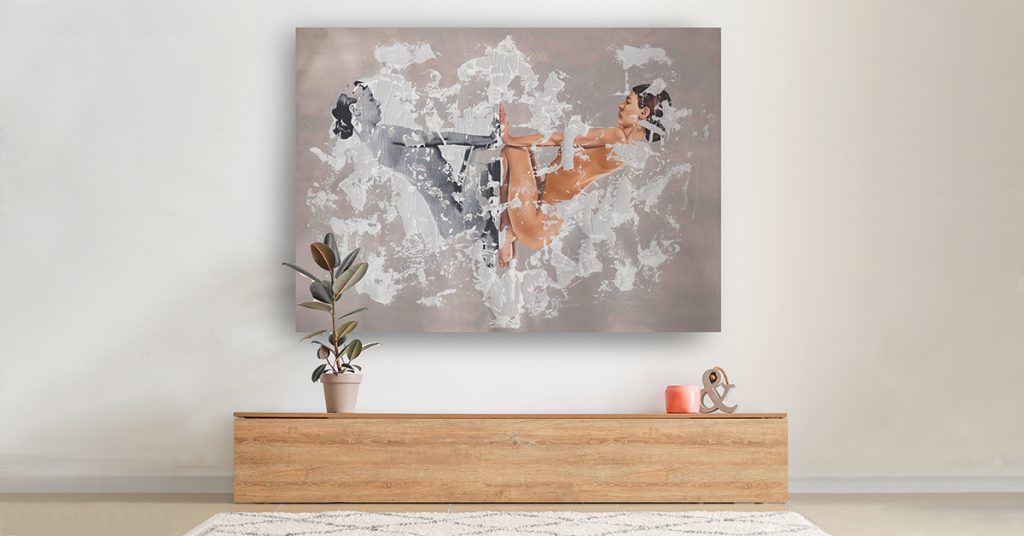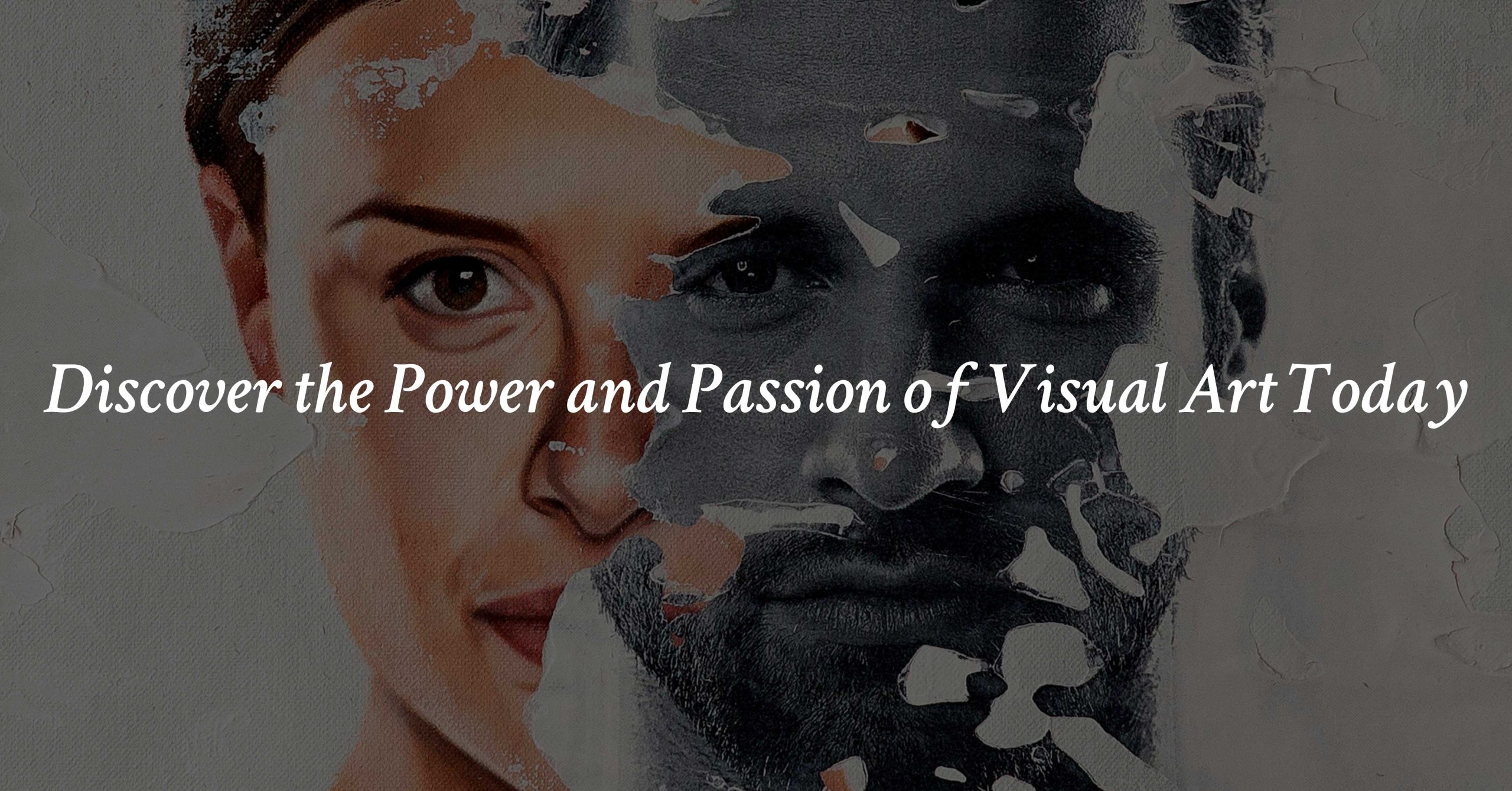
- Introduction
- The Evolution of Visual Art: From Tradition to Contemporary
- Exploring Different Art Styles and Techniques
- The Role of Art Galleries and Museums in Preserving Visual Art
- Engaging with Art: The Art of Appreciation
- Art Exhibitions: A Window into the Creative Minds of Artists
- Unleashing Creativity: Tips for Aspiring Artists
- The Enduring Impact of Visual Art on Society
- Embracing the Beauty of Visual Art in Everyday Life
- Conclusion
- FAQ
Introduction
Visual art has been an intrinsic aspect of human culture since the dawn of civilization. From prehistoric cave paintings to the contemporary art movements of today, visual art has the ability to inspire, provoke, and captivate its audience. Whether you are a seasoned art enthusiast or a curious newcomer, there has never been a better time to explore the captivating world of visual art.
Contemporary art, in particular, has seen an explosion in popularity in recent years, with new art styles and techniques constantly being developed. From fine art galleries to innovative installations, the possibilities of visual art are endless. Whether you’re interested in exploring art history, experimenting with art techniques, or simply appreciating the beauty of art, the world of visual art has something to offer everyone.
Key Takeaways
- Visual art has been a crucial element of human culture throughout history.
- Contemporary art represents a diverse range of styles and techniques.
- Visual art provides a platform for artistic expression and creativity.
- There are countless opportunities to explore, appreciate, and create visual art.
- The world of visual art is constantly evolving, offering new and exciting opportunities to engage with and enjoy art.
The Evolution of Visual Art: From Tradition to Contemporary
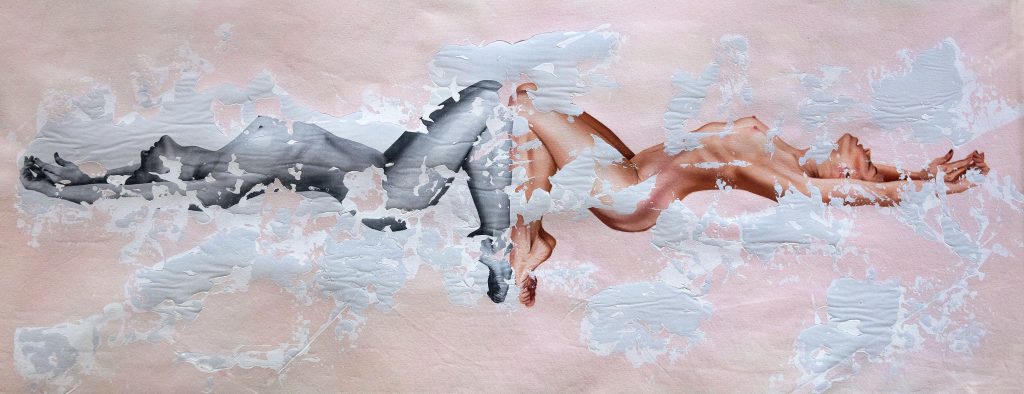

Visual art has come a long way from its traditional roots to the modern contemporary art we see today. Throughout history, visual art has reflected the changing cultural and societal contexts of different periods.
From the classic art of ancient Greece and Rome to the Renaissance period, art has evolved and adapted to new styles and techniques. The 20th century brought about significant changes to the art world, with the emergence of contemporary art.
“Art is not what you see, but what you make others see.”
Edgar Degas
Contemporary art encompasses a broad range of styles and mediums, including painting, sculpture, photography, and digital art. It often challenges traditional artistic conventions and explores new themes and concepts.
Artists today have greater freedom to experiment with their work, and the art world has become more diverse and inclusive. However, visual art still draws upon influences from the history of art, with many contemporary artists using techniques and styles from the past as a basis for their work.
The Importance of Art History
Understanding the evolution of visual art is essential to appreciate the significance of contemporary art. Art history provides context and insights into the cultural and societal values and beliefs of different periods.
It also helps us understand the techniques and styles used by artists in the past and how these have influenced contemporary art. Without a solid understanding of art history, it is impossible to fully appreciate the beauty and complexity of visual art.
The Future of Visual Art
The art world continues to evolve and adapt to new technologies and cultural trends. Contemporary art will undoubtedly continue to explore new themes and concepts whilst drawing upon influences from the past.
As the world becomes more diverse and inclusive, we can expect to see greater representation of artists from different backgrounds and perspectives. Visual art will continue to be an essential form of expression, provocation, and inspiration for generations to come.
Exploring Different Art Styles and Techniques
Visual art offers a vast array of styles and techniques that artists use to create their masterpieces. From the intricate details of realism to the bold and expressive strokes of abstract art, there is something for everyone to appreciate.
Art Styles
Art styles are different approaches or philosophies used in the creation of visual art. Some of the most common art styles include:
| Art Style | Description |
| Realism | A style that aims to represent the subject matter realistically, often featuring fine details and precise execution. |
| Abstract | A non-representational style that emphasizes color, form, and texture, rather than depicting recognizable objects or scenes. |
| Impressionism | A movement characterized by the use of vivid colors, visible brushstrokes, and an emphasis on capturing the impression of a moment rather than the precise details. |
These are just a few examples of the many art styles that exist in the world of visual art. Each style offers a unique approach to expressing creativity and emotion, giving artists an opportunity to push the boundaries of traditional representation.
Art Techniques
Art techniques are specific methods or practices used to create art. Techniques can vary greatly depending on the medium and style of art being produced. Some examples of art techniques include:
- Drawing: The use of pencils, charcoal, or other materials to create lines and shading on paper or other surfaces.
- Painting: The application of pigment to a surface using a brush or other tool.
- Sculpture: The creation of three-dimensional objects using materials such as clay, stone, metal, or wood.
- Printmaking: The creation of prints, such as etchings, lithographs, or screen prints, by transferring an image from a matrix to paper or another surface.
These techniques can be combined or altered to create unique works of art that express an artist’s individual style and vision.
“Art enables us to find ourselves and lose ourselves at the same time.”
Thomas Merton
By exploring different art styles and techniques, viewers can gain a deeper understanding and appreciation of the limitless possibilities of visual art.
The Role of Art Galleries and Museums in Preserving Visual Art
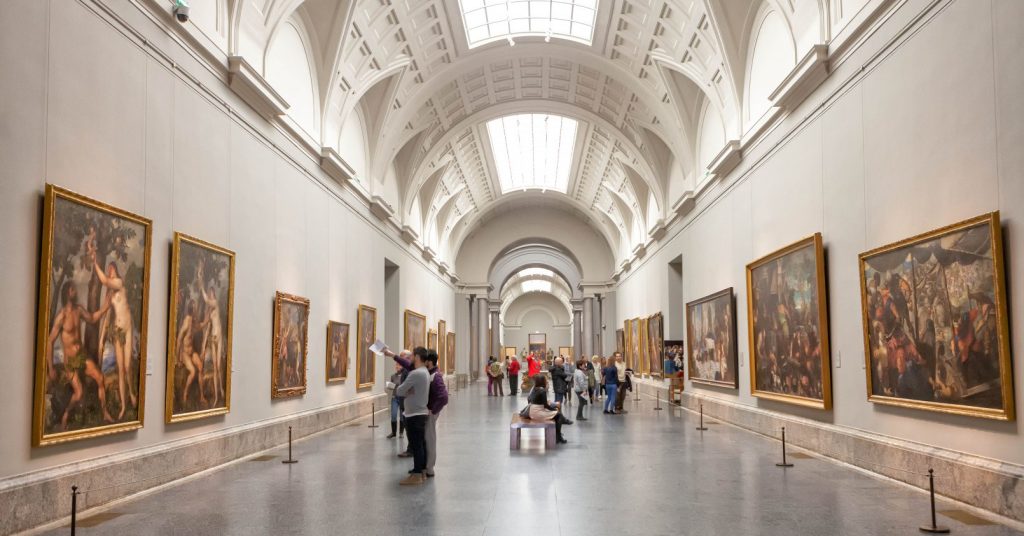

Visual art is an important part of our cultural heritage, and it is essential that we preserve it for future generations. Art galleries and museums play a crucial role in this task, providing safe havens for paintings, sculptures, and other works of art.
Art galleries are places where artists can showcase their work to the public, and they work hard to promote the art of their time. They often feature contemporary art which is still in the process of being established. By providing exhibition spaces, they give artists the opportunity to present their work to a wider audience and receive criticism which can shape their future works. Art galleries have become an essential part of the contemporary art world.
Similarly, museums protect and display art from the past, preserving them so that future generations can appreciate the beauty and importance of art from the ancient world to the present day. In addition, museums often hold temporary exhibitions which provide visitors with a unique opportunity to appreciate artworks that are not on permanent display.
| Art Galleries | – Create a space for artists to exhibit their work |
| Museums | – Preserve art from past centuries and cultures |
| Importance of Art Galleries and Museums | |
| – Provide a public platform for artists to showcase their work | |
| – Allow visitors to appreciate and learn about different art styles and techniques | |
| – Contribute to the cultural richness of society | |
Both art galleries and museums not only provide a space for artists to showcase their work, but they also allow visitors to appreciate and learn about different art styles and techniques. These institutions play a vital role in contributing to the cultural richness of society.
The Future of Art Galleries and Museums
With advances in technology, art galleries and museums face new challenges in preserving visual art and providing access to their collections. However, they have adapted by offering virtual tours and creating online collections that can be experienced from anywhere in the world. The relationship between physical and digital art is still being explored, and this could lead to new forms of art that are only possible through digital means.
Despite these changes, the importance of physical art galleries and museums in preserving visual art cannot be overstated. By providing spaces for artists to showcase their work, and preserving art from the past, these institutions contribute to a rich and diverse cultural heritage for future generations to enjoy.
Engaging with Art: The Art of Appreciation
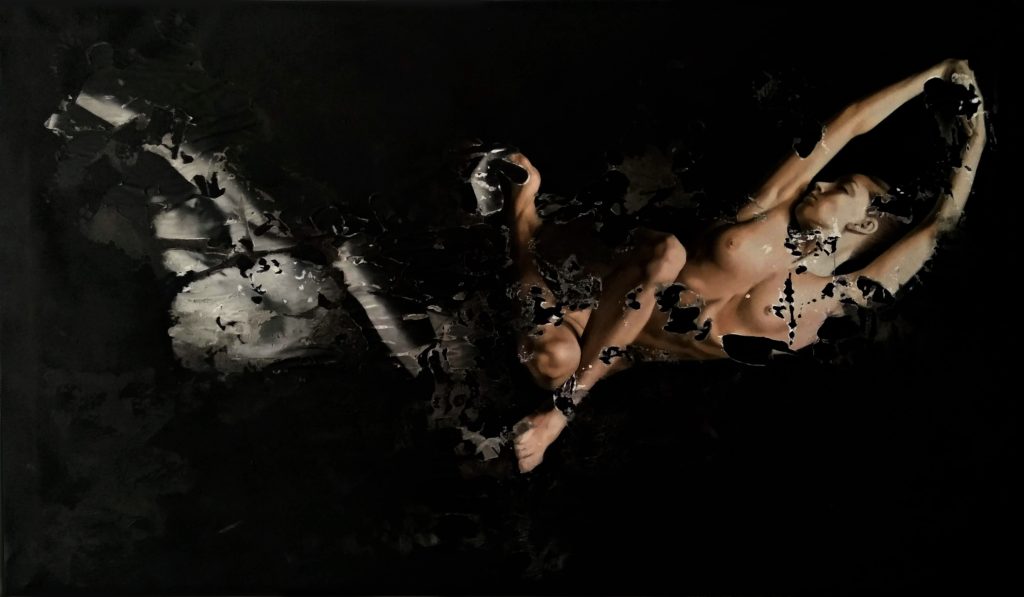

Visual art has the power to stir emotions, provoke thought, and create connections between artist and audience. Art appreciation is the process of exploring the meaning and significance of artworks, going beyond just their aesthetic appeal. It involves analyzing the techniques, themes, and context of the work in question.
When approaching a work of art, it’s important to take the time to observe and reflect. What does the artwork communicate to you? What emotions does it evoke? What techniques and styles does the artist employ? These are just a few questions to consider when engaging with art.
Art appreciation can be a deeply personal experience, with each viewer bringing their own unique perspective and interpretation to the work. However, it can also be valuable to engage in dialogue with others about the artwork, sharing insights and interpretations. This can deepen our understanding of the work and broaden our perspective.
Developing Artistic Literacy
Artistic literacy involves developing a foundational understanding of visual art, including its history, techniques, and styles. This can be achieved through attending exhibitions, reading about art history, and exploring different art forms.
A greater understanding of visual art can enhance our appreciation of artworks and allow us to engage with them on a deeper level. By learning about the context in which an artwork was created, we can gain insight into its deeper meanings and themes.
Engaging the Senses
When viewing art, it can be helpful to engage all of the senses, not just sight. Pay attention to the texture of the artwork, the weight of the brushstrokes, and the interplay of colors. These sensory details can add depth and richness to our understanding of the work.
Art Appreciation in Everyday Life
Art appreciation doesn’t have to be limited to museums and galleries. It can be incorporated into our everyday lives through collecting art, decorating our homes with visual art, and even practicing art ourselves.
By engaging with visual art in our everyday lives, we can cultivate a greater appreciation for its power and beauty. Whether through admiring a piece of street art or creating our own fine art, we can develop a deeper understanding of the artistic process and its impact on our lives.
Art Exhibitions: A Window into the Creative Minds of Artists
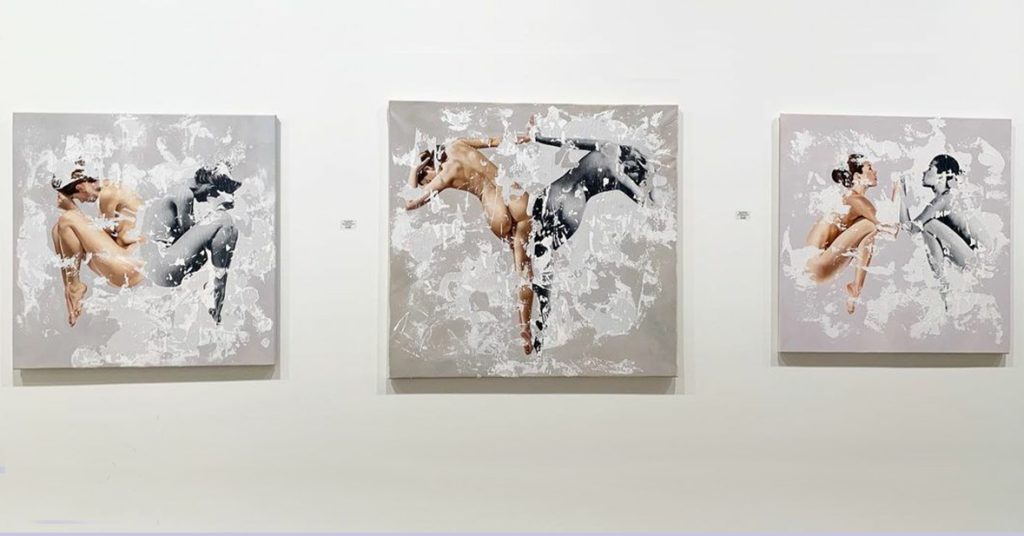

Art exhibitions provide a unique opportunity to glimpse into the creative minds of artists. These events offer a chance to view a collection of artworks by a single artist or a group of artists, allowing viewers to gain insight into their artistic process, influences, and inspirations.
Attending an art exhibition is not only a chance to view beautiful visual art, but also an opportunity to engage with the artists themselves. Many exhibitions feature meet-and-greets with the artists, providing a chance to ask questions and gain a deeper level of understanding about their work.
“Art exhibitions are an incredible way to connect with artists and get a feel for their inspiration, their message, and their technique.”
The visual art featured in an exhibition can range from traditional to contemporary, with a diverse range of styles and techniques. Some exhibitions may focus on artworks from a particular time period, while others may showcase art from a specific region or culture.
When attending an art exhibition, take the time to analyze and interpret the artworks on display. Consider the techniques used by the artists and the message that they are conveying through their works. Engage with the artwork on a deeper level, and you may find that it has a profound impact on your own artistic journey.
Benefits of Attending Art Exhibitions
There are numerous benefits to attending art exhibitions. Here are some of the most notable:
- Exposure to diverse styles and techniques of visual art.
- A chance to meet and connect with artists.
- An opportunity to analyze and interpret artworks.
- Inspiration for your own creative process.
- A deeper understanding and appreciation of visual art.
Attending an art exhibition is a valuable experience for anyone who appreciates visual art. With so many exhibitions taking place around the world, there are endless opportunities to engage with artists and gain a deeper understanding of the world of visual art.
Unleashing Creativity: Tips for Aspiring Artists
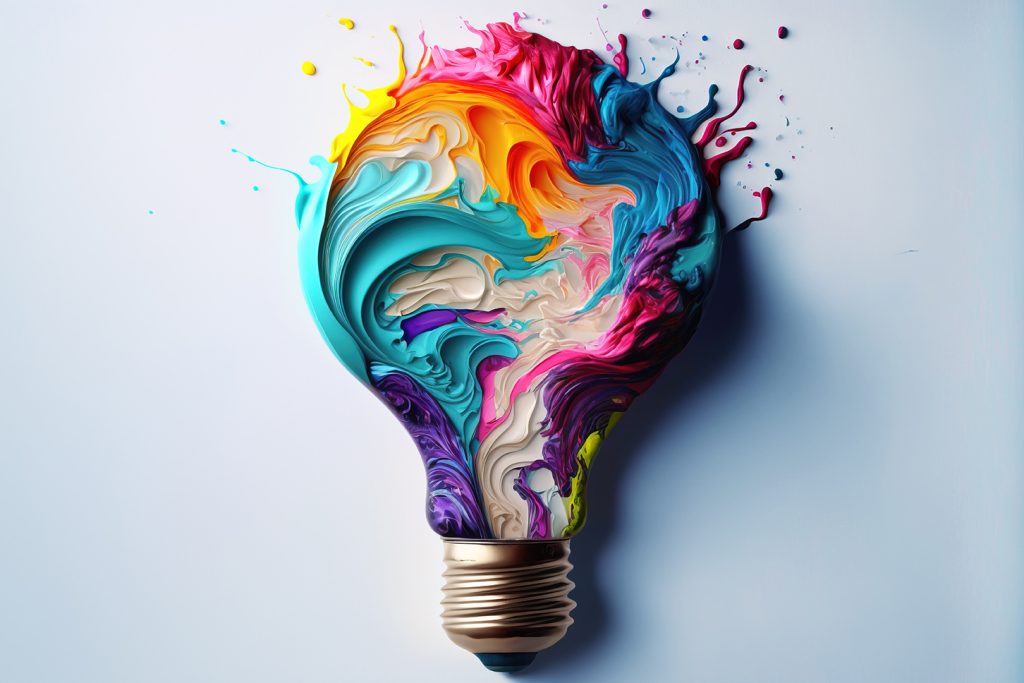

Are you an aspiring artist looking to unlock your creative potential? Whether you’re new to the world of fine art or have been practicing for years, these tips can help you find inspiration and develop your artistic skills.
Experiment with Different Art Techniques
Don’t be afraid to try new art techniques and styles! Experimenting with different mediums and methods can help you discover what works best for you and inspire fresh ideas.
| Fine Art Techniques to Try: | Examples: |
| Oil painting | Portrait of Adele Bloch-Bauer I by Gustav Klimt |
| Watercolor | Starry Night Over the Rhone by Vincent Van Gogh |
| Ink drawing | The Dream by Henri Rousseau |
Find Inspiration in Everyday Life
Looking for inspiration? Don’t overlook the world around you! Everyday life can provide a wealth of inspiration for artists. Pay attention to the colors, shapes, and textures in your environment and think about how you can incorporate them into your artwork.
Attend Art Workshops and Classes
Attending art workshops and classes is a great way to learn new techniques and get feedback on your work from experienced artists. Look for local art schools or community centers that offer classes in a variety of mediums.
Practice Consistently
Like any skill, fine art takes practice to master. Make a commitment to practice consistently, whether it’s daily or a few times a week. Set aside dedicated time to work on your art and don’t be discouraged if your early efforts don’t turn out as expected.
- Practice sketching or drawing for a few minutes each day, even if it’s just a quick doodle
- Try to complete a new piece of art each week to help you stay motivated and track your progress
Connect with Other Artists
Connecting with other artists can provide valuable support and inspiration. Join art groups or attend art events in your community to meet other artists and share your work.
By following these tips and practicing your art consistently, you can unlock your creative potential and create works that truly inspire.
The Enduring Impact of Visual Art on Society
Visual art, whether it be contemporary or fine art, has an enduring impact on society. From inspiring social change to challenging societal norms, visual art has the power to influence the way we think and see the world around us.
Contemporary art, in particular, has the ability to provoke thought and encourage us to see things from a different perspective. It can challenge our assumptions and preconceptions, encouraging us to engage with the world in a more critical and reflective way.
However, it’s not just contemporary art that has an impact on society. Fine art, with its rich history and tradition, has also played a significant role in shaping cultural and societal narratives over the centuries.
“Art is the lie that enables us to realize the truth.”
Pablo Picasso
Through its ability to communicate complex ideas and emotions, visual art has the power to inspire and connect us on a deeply human level. It can bring people together, fostering a sense of community and shared experience that transcends cultural and linguistic barriers.
Ultimately, the enduring impact of visual art on society lies in its ability to engage and inspire us as human beings. Whether we are admiring a masterpiece in a museum or marveling at the creativity of a street artist, visual art has the power to move us and remind us of the beauty and complexity of the world around us.
Embracing the Beauty of Visual Art in Everyday Life
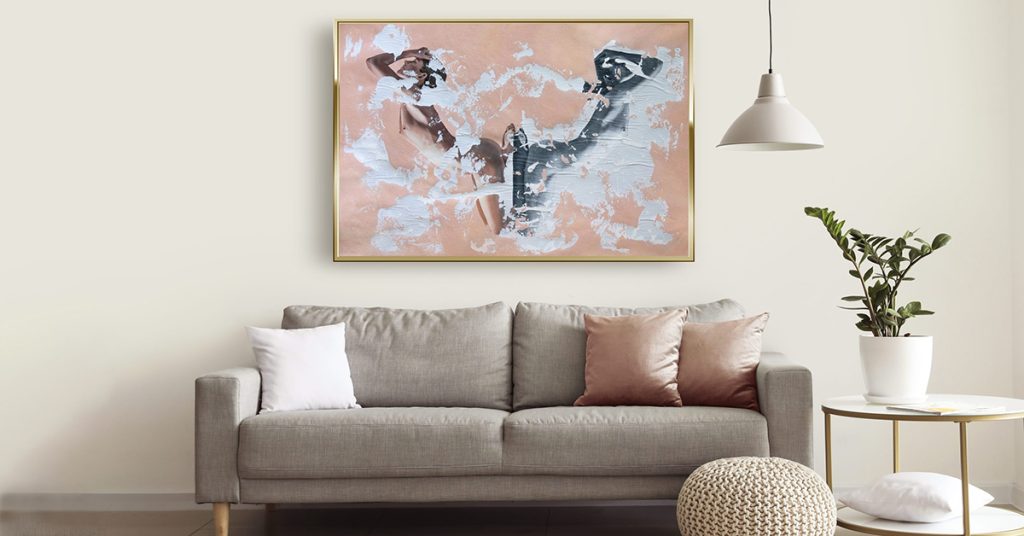

Visual art has the power to transform the mundane into the extraordinary. By incorporating contemporary art into our lives, we can experience the world in new and exciting ways. From abstract paintings to intricate sculptures, there are many ways to bring visual art into our homes and workspaces.
Ways to incorporate visual art into your life:
- Add color to your walls with a striking contemporary painting or print
- Showcase unique sculptures or installations in your living space
- Find inspiration in nature and incorporate natural elements into your decor
- Create a gallery wall with a mix of contemporary and traditional artworks
- Choose furniture pieces with interesting shapes or designs that reflect artistic concepts
“Art washes away from the soul the dust of everyday life.”
Pablo Picasso
By embracing the beauty of visual art, we can infuse our daily routines with creativity and inspiration. Whether we’re admiring a stunning landscape painting or marveling at a thought-provoking sculpture, visual art has the power to enrich our lives and transform our perspectives.
Conclusion
Visual art is an essential part of our lives. Through this article, we have explored the power and passion of visual art, from its traditional roots to the emergence of contemporary art.
We have seen how artists use different techniques and styles to express their creativity and the critical role that art galleries and museums play in preserving and showcasing visual art.
By engaging with art on a deeper level, we can appreciate it more fully and gain insight into the creative process. Art exhibitions provide an opportunity to connect with artists and gain a window into their creative minds.
For those aspiring to be artists themselves, we have provided tips for unleashing creativity and developing artistic skills.
Visual art has an enduring impact on society, provoking thought, challenging societal norms, and inspiring social change. We encourage you to embrace the beauty of visual art in your everyday life, whether through collecting artworks or integrating design elements inspired by it.
Thank you for joining us on this journey of exploration and appreciation of visual art – let’s continue to celebrate its lasting impact.
FAQ
What is visual art?
Visual art refers to any form of artistic expression that can be visually perceived. It includes various mediums such as painting, sculpture, photography, drawing, and digital art.
What is contemporary art?
Contemporary art is a term used to describe the art of the present era. It encompasses a wide range of styles, techniques, and subject matters and reflects the current cultural, social, and political contexts.
What is the difference between fine art and visual art?
Fine art is a subset of visual art that is traditionally associated with aesthetics, creativity, and expression. It often refers to artistic works created for their own sake or for the purpose of being displayed in galleries or museums.
What is the role of art galleries and museums in preserving visual art?
Art galleries and museums play a crucial role in preserving visual art by collecting, conserving, and exhibiting artworks. They provide a platform for artists to showcase their work and engage with audiences, ensuring the longevity and appreciation of visual art.
How can I appreciate and engage with visual art on a deeper level?
To appreciate and engage with visual art on a deeper level, you can spend time observing and analyzing artworks, researching the artists and their intentions, attending artist talks or guided tours, and discussing art with others to gain different perspectives.
How does visual art impact society?
Visual art has a lasting impact on society as it has the power to challenge perspectives, inspire social change, and provoke thought. It can reflect societal issues, cultural values, and historical moments, shaping and influencing the way we perceive the world.

